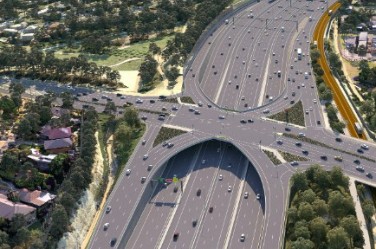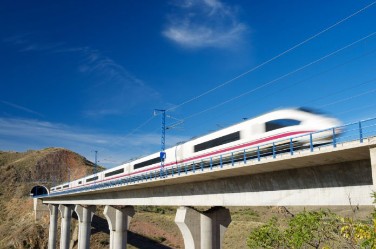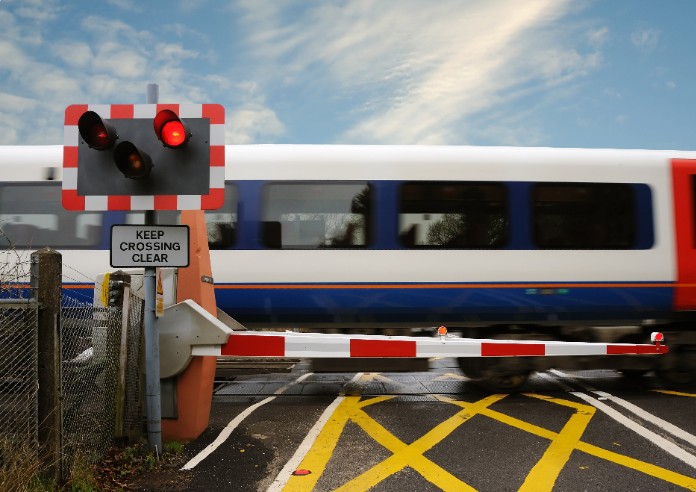The background
The Southern Program Alliance (SPA) is removing level crossings on the Frankston line. The Alliance partners are Lendlease, Acciona/Coleman Rail, WSP, Metro Trains Melbourne and the Level Crossing Removal Project, tasked with delivering the $588m Initial Works Package and the $536m Additional Works Package 1.
The general scope for the initial works package:
- Remove four level crossings at Mascot Avenue, Bonbeach and Station Street and Eel Race Road, Carrum and Seaford Road, Seaford.
- Extend McLeod Road, Carrum to the Nepean Highway.
- Build a new road bridge across the Patterson River in Carrum connecting Station Street.
- Remove the Carrum train storage facility to a purpose-built facility in Kananook.
- Rebuild Carrum Station.
- Revitalise Seaford including upgrading RF Miles reserve and constructing a new cycling and walking path from Eel Race Road all the way to Frankston.
- Revitalise Carrum’s local community and business activity centre through improved amenity, creation of open spaces and beautification works.
The scope for the Additional Works Package includes:
- Removing three level crossings at Balcombe Road, Mentone, and Charman and Park roads in Cheltenham.
- Lowering the rail line into trenches and allow the construction of new Cheltenham and Mentone stations.
- Retain and restore the heritage-listed station buildings at Cheltenham and Mentone as part of the design of the new station precincts, while a third track will be built at Cheltenham Station to allow for increased train services along the Frankston line.
- Create more than three kilometres of walking and cycling paths connecting the stations.



